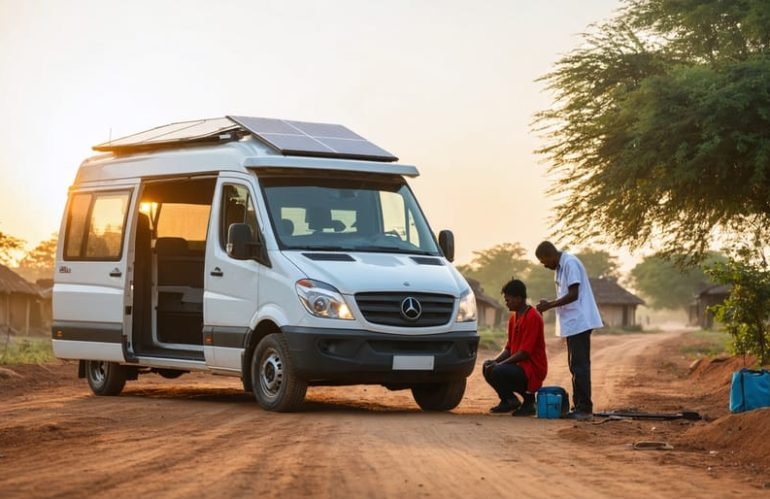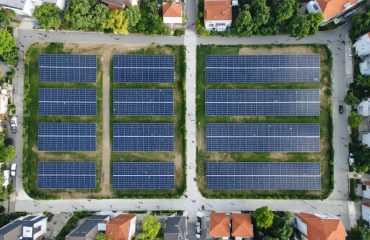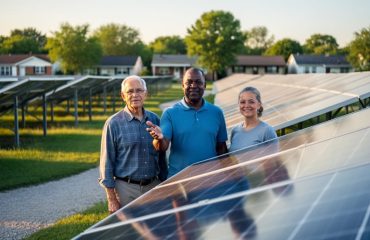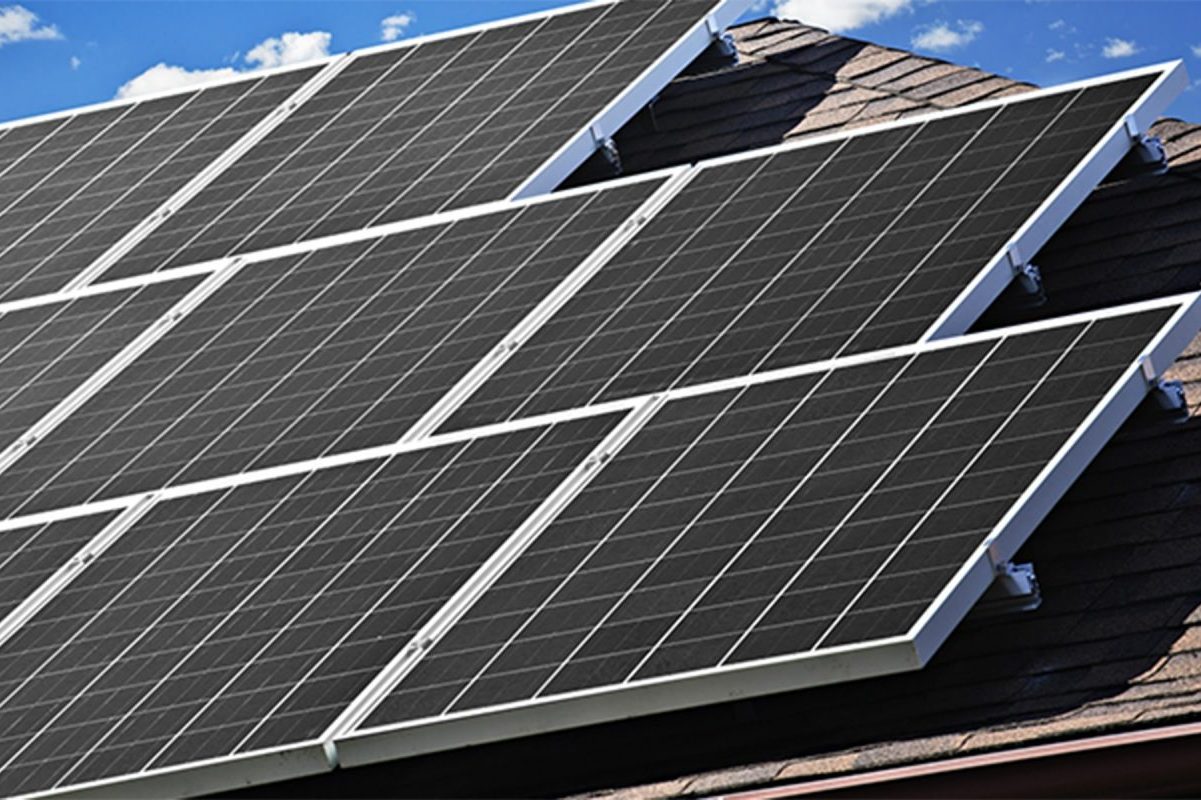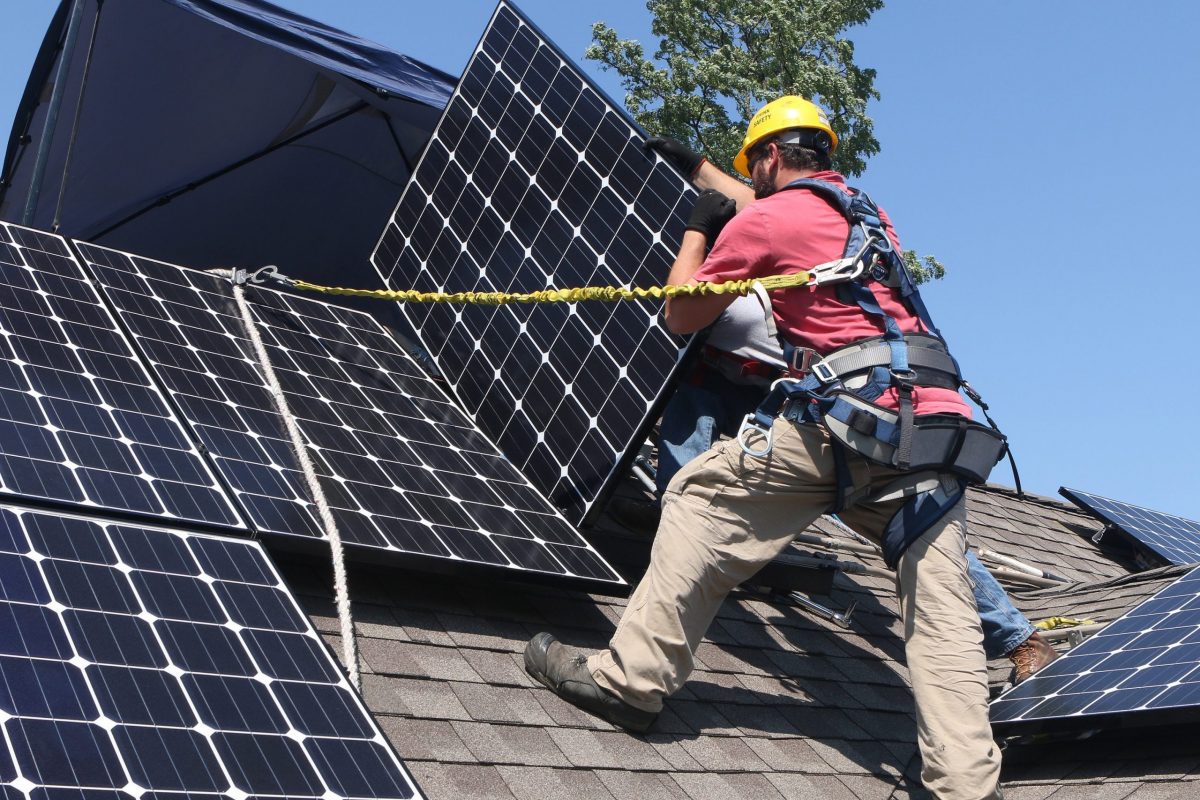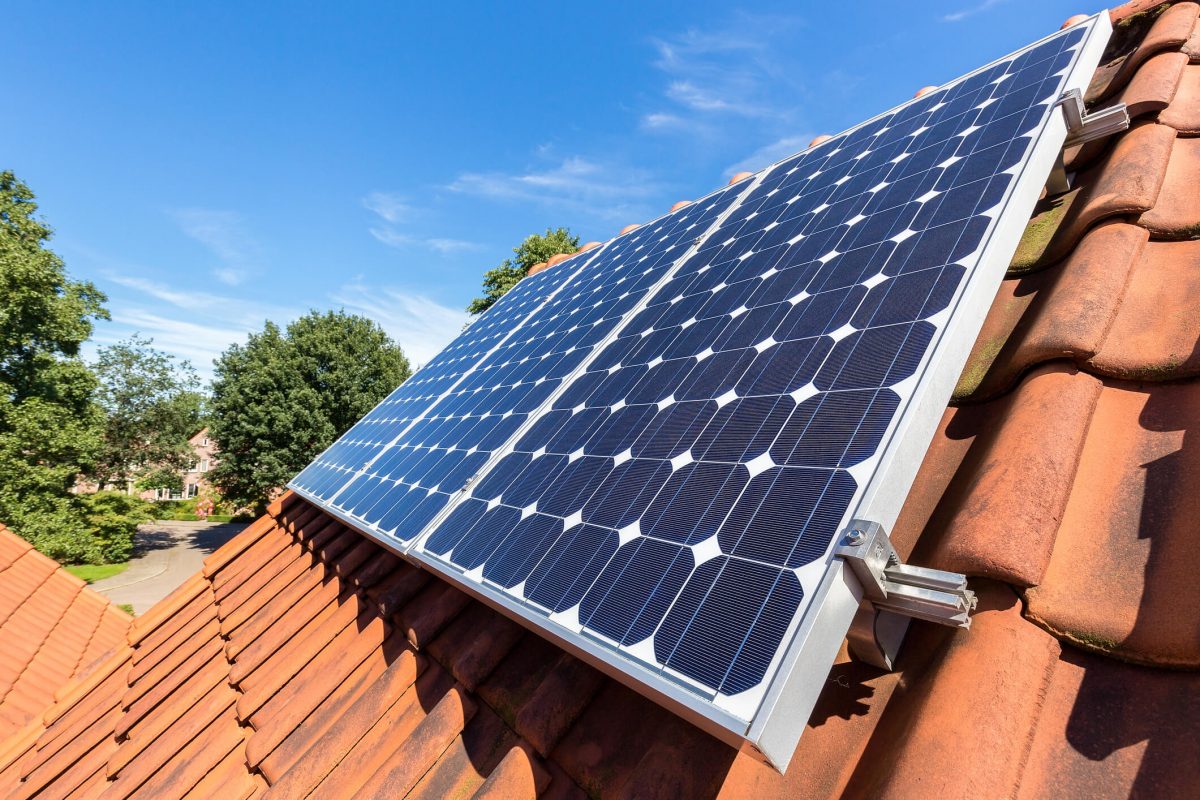Solar-powered cars are rolling out of laboratories and onto real streets, transforming how communities receive essential services while slashing operating costs by up to 80%. These innovative vehicles harness the sun’s energy to deliver mobile healthcare to remote villages, bring educational resources to underserved areas, and provide emergency response capabilities without fuel dependency.
Unlike traditional vehicles that demand constant refueling and maintenance, solar cars operate with minimal running costs—the same principle homeowners embrace when installing rooftop panels to eliminate monthly electric bills. A single solar-powered ambulance in rural India, for example, saves approximately $4,000 annually in fuel costs alone while ensuring uninterrupted medical services regardless of fuel supply disruptions.
The technology powering these service vehicles mirrors residential solar systems: photovoltaic cells convert sunlight into electricity, stored in batteries for consistent operation. This proven technology has already helped millions of homeowners achieve energy independence, and now it’s extending that same reliability to critical community services. From mobile libraries in Africa to disaster relief vehicles in coastal regions, solar cars demonstrate how renewable energy creates both environmental and economic value—a dual benefit that resonates with anyone considering sustainable solutions for their own energy needs.
What Makes a Solar-Powered Car Different
The Same Solar Technology Already on Your Roof
The solar panels powering electric vehicles use the same proven photovoltaic technology that’s been converting sunlight into electricity on residential rooftops for decades. These panels contain silicon cells that generate direct current when exposed to sunlight—whether they’re installed above your garage or integrated into a car’s roof and hood.
The main difference is scale and application. While your home system might have 20-30 panels generating enough power to run your entire household, vehicle-mounted panels are more compact and streamlined. They’re designed to supplement the car’s battery rather than serve as the sole power source, much like how a residential backup battery works alongside your main grid connection.
This familiar technology means solar cars aren’t some futuristic fantasy—they’re a practical extension of what’s already working in millions of homes worldwide. The same reliability, proven efficiency, and straightforward science that’s saving homeowners money on their electricity bills is now being adapted to reduce our dependence on gas stations. You’re already comfortable with how solar works; now imagine that same clean energy independence extending to your daily commute.
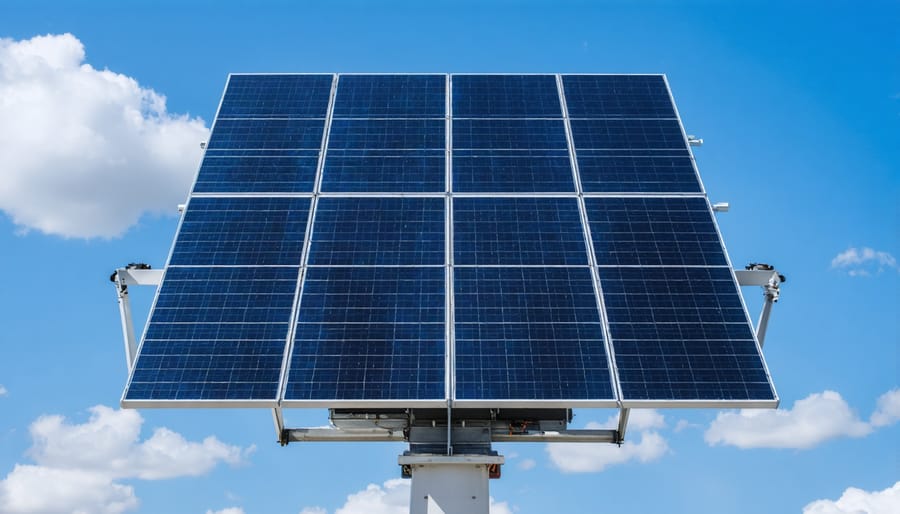
Essential Services That Solar Cars Are Delivering Today
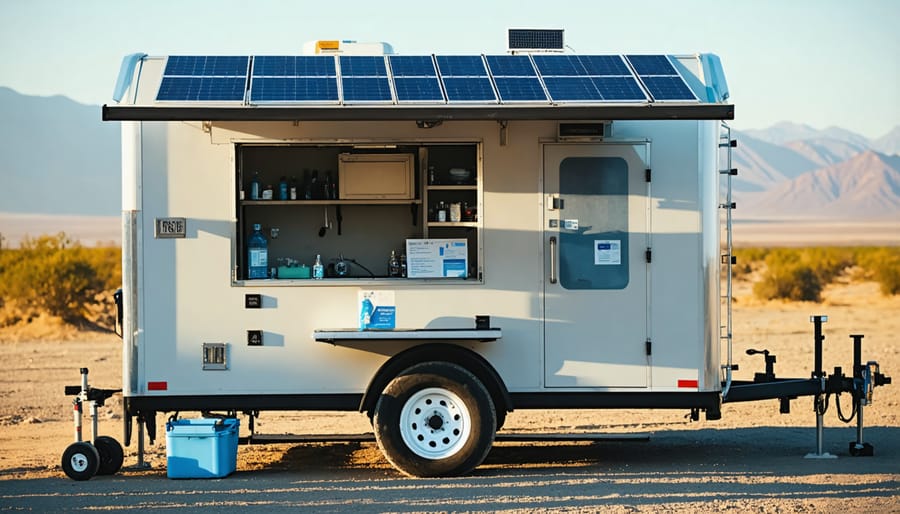
Mobile Medical Clinics Reaching Rural Areas
Solar-powered mobile medical clinics are revolutionizing healthcare delivery in areas where traditional fuel infrastructure is unreliable or nonexistent. These innovative vehicles operate entirely on sunshine, eliminating the need for expensive diesel fuel and reducing operational costs by up to 60% compared to conventional medical vans. This means more healthcare dollars go directly to patient care rather than filling gas tanks.
The environmental benefits are equally impressive. A single solar-powered clinic can prevent over 10 tons of carbon emissions annually while serving hundreds of patients in remote communities. Without noisy generators or exhaust fumes, these clinics create a cleaner, quieter environment for both patients and medical staff.
The technology works similarly to residential rooftop systems—solar panels capture sunlight and convert it to electricity that powers medical equipment, refrigeration for vaccines, and climate control. Battery storage ensures the clinics can operate during evening hours or cloudy days, maintaining consistent service regardless of weather conditions.
For homeowners considering solar adoption, these mobile clinics demonstrate the technology’s reliability and versatility. If solar can power life-saving medical equipment in challenging conditions, it’s more than capable of handling your home’s energy needs. This is just one example of solar power transforming essential services across communities worldwide.
Emergency Response Without Fuel Dependencies
When natural disasters strike or supply chains break down, traditional emergency vehicles face a critical vulnerability: they need gas stations to operate. Solar-powered emergency vehicles eliminate this dependency entirely, running on energy from the sun rather than vulnerable fuel infrastructure.
Think of it this way—after a hurricane or earthquake, gas stations often lose power or run out of fuel for days or weeks. Solar emergency vehicles simply keep running, charging during daylight hours and maintaining operations when communities need them most. This independence means ambulances can reach patients, police can patrol affected areas, and rescue teams can coordinate efforts without worrying about finding their next tank of fuel.
The technology works beautifully for building disaster-ready communities because solar vehicles create self-sufficient emergency response systems. Some forward-thinking municipalities are already adding solar-powered utility vehicles to their fleets, recognizing that energy independence isn’t just about savings—it’s about reliability when every minute counts. This same principle of energy independence that protects emergency services can protect your home too, ensuring you’re never left vulnerable during critical moments.

Education and Library Services on Wheels
Solar-powered vehicles are revolutionizing how communities access education in hard-to-reach areas. Mobile libraries equipped with solar panels are bringing books, internet connectivity, and learning resources to rural villages that lack traditional infrastructure. These rolling classrooms operate completely off-grid, using rooftop solar panels to power computers, lighting, and climate control systems.
In Kenya, solar-powered library trucks visit remote schools, providing students with digital learning tools and thousands of books. The vehicles charge during travel and while parked, ensuring consistent service without relying on unstable power grids. Similarly, organizations in India have deployed solar education buses that transform into mini-classrooms, complete with tablets, projectors, and WiFi hotspots.
What makes these programs particularly cost-effective is their independence from fuel costs and electrical infrastructure. The same solar technology powering these mobile classrooms can reduce your home energy expenses. Many communities running successful solar education programs have inspired residents to adopt rooftop solar panels after seeing the technology’s reliability firsthand.
These mobile services prove that solar power isn’t just environmentally friendly—it’s a practical solution for delivering essential services affordably and sustainably, even in the most challenging locations.
Why Solar-Powered Access Makes Financial Sense
Lower Operating Costs Mean More Services
One of the most compelling advantages of solar-powered vehicles is the dramatic reduction in operating costs. When organizations don’t have to budget for gasoline or diesel fuel, they can redirect those savings toward what really matters—expanding their reach and helping more people.
Consider a mobile health clinic serving rural communities. Traditional fuel-powered vehicles might consume hundreds or even thousands of dollars monthly in gas costs alone. Solar vehicles eliminate this expense entirely, allowing those funds to purchase additional medical supplies, hire more staff, or extend service hours.
The same principle applies to your home energy decisions. Just as organizations benefit from free solar energy for transportation, homeowners who install solar panels eliminate monthly electricity bills and redirect those savings toward other priorities. The financial logic is identical whether powering a mobile library or your kitchen lights.
This cost structure is particularly valuable for non-profit organizations and public services operating on tight budgets. Every dollar saved on fuel translates directly into expanded services—more students reached, more patients treated, or more communities served. Solar technology transforms transportation from a major expense into a sustainable investment that pays dividends through increased service delivery.
Independence From Fuel Price Volatility
One of the most liberating aspects of solar-powered vehicles is freedom from the roller coaster of fuel prices. While gas costs can swing dramatically from month to month—affecting everything from your grocery bill to service delivery costs—solar energy offers remarkable price stability. Once solar panels are installed, the “fuel” is essentially free, with only minimal maintenance costs to consider.
For service providers operating solar vehicles, this predictability transforms budget planning from guesswork into certainty. There’s no need to worry about sudden price spikes cutting into operating budgets or forcing difficult decisions about service coverage. Organizations can accurately forecast their energy costs years in advance, ensuring consistent service delivery regardless of what’s happening at the pump.
This same principle applies to homeowners considering solar power for their homes. Just as a solar-powered ambulance or mobile clinic enjoys stable energy costs, your household can lock in predictable electricity expenses while traditional utility rates continue their upward climb. The initial investment pays dividends through decades of price certainty, protecting your budget from the unpredictable nature of fossil fuel markets.
The Connection Between Home Solar and Community Access
How Your Home Solar System Supports Innovation
Every time you install solar panels on your home, you’re doing more than cutting your own electricity bills—you’re helping drive down costs for everyone. Here’s the exciting part: as more homeowners go solar, manufacturing scales up, technology improves, and prices drop across the board. This creates a ripple effect that makes ambitious projects like solar-powered service vehicles economically viable.
Think of it as a virtuous cycle. Your rooftop panels contribute to a growing market that attracts more research funding, better battery technology, and more efficient solar cells. These same innovations power the mobile clinics and emergency response vehicles we’ve discussed. The solar panels that might cover a healthcare van use similar technology to what’s on your roof, just applied differently.
When communities embrace residential solar, they’re not just reducing their carbon footprint—they’re investing in the infrastructure and knowledge base that makes solar access for communities worldwide more affordable and practical. Your choice today helps determine what’s possible tomorrow, turning innovative concepts into everyday reality.
Common Questions About Solar-Powered Vehicles
Let’s clear up some common misconceptions about solar-powered vehicles that might be holding you back from embracing this exciting technology.
**Myth: Solar cars only work in sunny climates**
Reality check: While direct sunlight certainly helps, modern solar vehicles work surprisingly well in various weather conditions. Solar panels can generate electricity even on cloudy days, just at reduced capacity. Many solar cars also include battery storage systems, meaning they can store energy during sunny periods and use it later. Think of it like your smartphone—you charge it when possible and use that stored power throughout the day.
**Myth: Solar vehicles don’t have enough range for daily use**
Here’s the truth: Today’s solar-assisted vehicles can travel 15-40 miles per day on solar power alone, which covers the average American’s daily commute. When combined with traditional charging methods, these vehicles offer the same range as conventional electric vehicles—typically 200-300 miles per full charge. You’re essentially getting free bonus miles from the sun every day, reducing your charging costs and environmental impact.
**Myth: Solar panels make cars too heavy and inefficient**
Modern solar panels are remarkably lightweight and aerodynamic. Manufacturers design integrated solar roofs that add minimal weight while maximizing energy capture. The efficiency gains from free solar energy far outweigh any minor weight considerations.
**Myth: Solar cars are decades away from being practical**
Solar-assisted vehicles are available right now. While fully solar-powered cars are still evolving, several manufacturers already offer hybrid models with integrated solar panels. The technology is here, proven, and improving rapidly. Just like residential solar panels transformed home energy, solar automotive technology is making steady, practical advances that benefit everyday drivers today.
Solar-powered cars delivering essential services represent just one piece of a larger sustainable energy puzzle—and you’re already holding another crucial piece. While innovative mobile clinics and emergency response vehicles demonstrate solar technology’s life-changing potential in communities worldwide, homeowners adopting residential solar panels create the foundation that makes these advances possible. Every rooftop installation contributes to normalizing renewable energy, driving down costs, and accelerating the innovation that powers these remarkable service vehicles.
Your decision to go solar does more than reduce your monthly electricity bills or increase your home’s value. It joins a growing movement proving that clean energy works reliably in real-world conditions, encouraging manufacturers and service organizations to invest confidently in solar-powered solutions. As more households embrace this technology, we edge closer to a future where solar energy doesn’t just power homes—it extends healthcare to remote villages, brings education to underserved areas, and ensures emergency services reach those in crisis.
Ready to be part of this transformation? Start by exploring how solar panels can work for your home, your budget, and our shared sustainable future.

